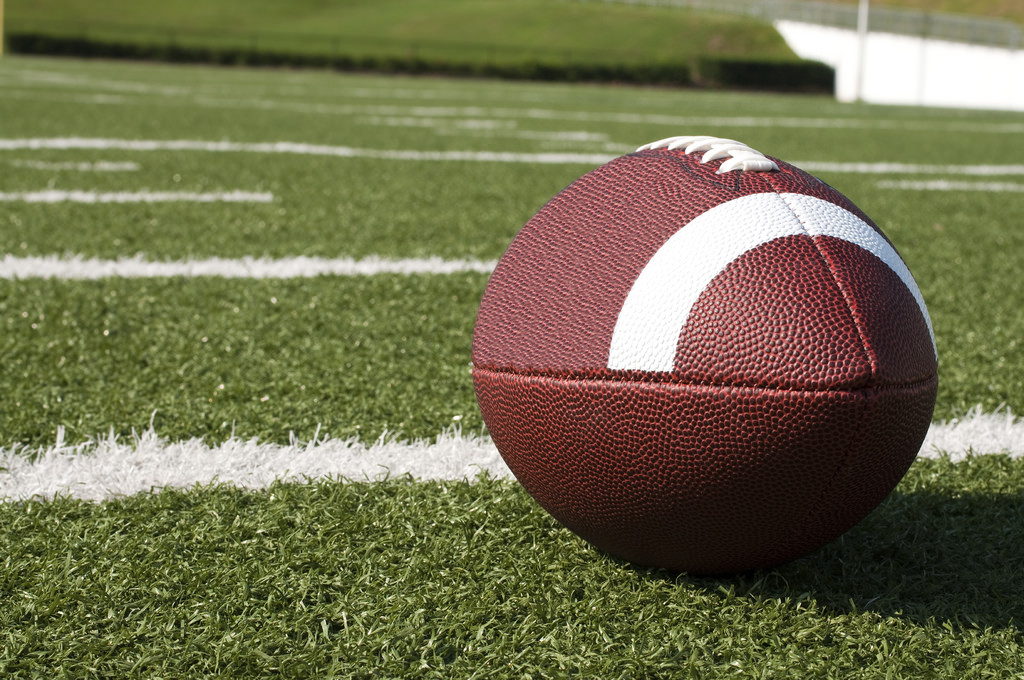Film Study: How Andy Reid beat Vikings without Mahomes

- Country:
- United States
For most, facing the Minnesota Vikings' defense with a backup quarterback is a nightmare, but Andy Reid and the Kansas City Chiefs handled it beautifully in Sunday's win. That's nothing new for Reid. He's brought out the best in almost every quarterback he's ever coached, earning a reputation as a quarterback guru.
What does that actually mean? While Reid has certainly improved quarterbacks' mechanics -- Patrick Mahomes is a perfect example -- his greatest asset is presenting simple, open throws over and over.
Sunday's opening touchdown, a 40-yarder to Tyreek Hill, was a perfect example. With play-action and max protection, Reid dialed up a design he knew -- in all likelihood -- would exploit the Vikings' coverage and open up Matt Moore's first read. Mike Zimmer's defense leans primarily on Cover-4 and Cover-2 (and a hybrid called Palms -- more on that later). The Vikings appeared to play Cover-4 with the cornerback to the boundary (Trae Waynes) "locked" in man coverage on Hill. The Chiefs kept eight, including a wideout, in to block and sent Hill (from the right) and Sammy Watkins (from the left) on stems indicating crossing routes, a common concept off play-action.
Safety Harrison Smith was set to double Hill to the inside, but Hill suddenly turned to the corner, running the same route that burned Minnesota for 39 yards to open Week 2. With Smith shading inside, Hill easily sped by Waynes to the outside. The max protection barely held up, and Moore's throw was a tad overthrown, but Hill made a great catch. Reid also helped sell run with presnap motion from Travis Kelce, who came toward the core of the formation as if to run block. These sorts of elements are everywhere in the Chiefs' offense, which features all kinds of motion, funky formations and packaged RPOs.
One funky formation helped convert third-and-5 before the Hill touchdown. Reid broke out a quads set (four receivers to one side, just one to the other), a rare structure for most coaches but a rather common one for Reid. Two vertical routes and another route to the flat cleared out space for Kelce's stick/option route against slot cornerback Mackensie Alexander. With no help defender nearby, Alexander had no chance against Kelce's physicality, giving Moore a simple outlet to convert.
Reid also used a quads set for the Chiefs' next third-down conversion, creating congestion for a rub route to Hill, and on a quick 10-yard gain to Kelce a few plays later. Reid isn't known for running the ball, but his tactics had everything to do with Damien Williams' 91-yard touchdown on a split zone concept in the third quarter.
The Chiefs employ pass options on almost all of their shotgun runs and many from under center to gain a numbers advantage. Teams often combat RPOs by playing man coverage, but Reid knows this and uses it to his advantage. Williams' touchdown came from under center and did not include a pass option, but Minnesota was in man coverage. Reid had Kelce arc release outside, drawing Alexander (assigned to Kelce in coverage) away. Meanwhile, tight end Blake Bell crossed the formation behind the line on a "slice" or "sift" block.
Bell sliced Anthony Barr on the offense's right while the line washed defenders to the left (defensive end Danielle Hunter flowed much too hard), "splitting" the defense in half. But Bell's motion also drew his man-coverage mark, Smith. By the time Smith realized it was a run, he had pursued too far to his left. Williams simply had to juke safety Anthony Harris and step out of Smith's diving attempt. Reid set up two more field goals -- including the game-tying boot in the fourth quarter -- with double moves from Hill to exploit the Vikings' Palms coverage.
Palms is also called 2-Read because the cornerback and safety both read the No. 2 receiver (second from the outside) to their side. If that receiver goes vertical, both the cornerback (over the No. 1 receiver) and safety (over No. 2) play man coverage. On both double moves, Reid put Hill as No. 1 to the right and ran No. 2 vertical, ensuring Hill would be alone in man coverage on Waynes. On the first, Waynes bit hard on Hill's stop-and-go. Pressure forced an underthrown pass, but it was still an easy 30-yard gain. On the second, Waynes sniffed out the out-and-up but was late getting his head around, and Hill outjumped him for a 41-yard contested catch.
Having hit Hill deep three times, Reid later used the speedster to clear out Kelce's dig on a Dagger concept, gaining 17 critical yards to set up the game-winning field goal. Praising Reid's design is not to take away from Moore, who still had to make the throws, often with pressure closing in.
But so many throws were presented clearly to Moore on his first read. That's Reid's specialty, and the primary reason his offense usually performs even with a backup running the show.
(This story has not been edited by Devdiscourse staff and is auto-generated from a syndicated feed.)
ALSO READ
Indian stock indices open at fresh highs; inflation data, Q4 earnings now in focus
China stocks edge lower, investors cautious ahead US inflation and China data
Indian stock indices open at fresh highs; inflation data, Q4 earnings now in focus
Inflation dulls Eid festivities across Pakistan
US STOCKS-Futures flat in lead up to inflation data










